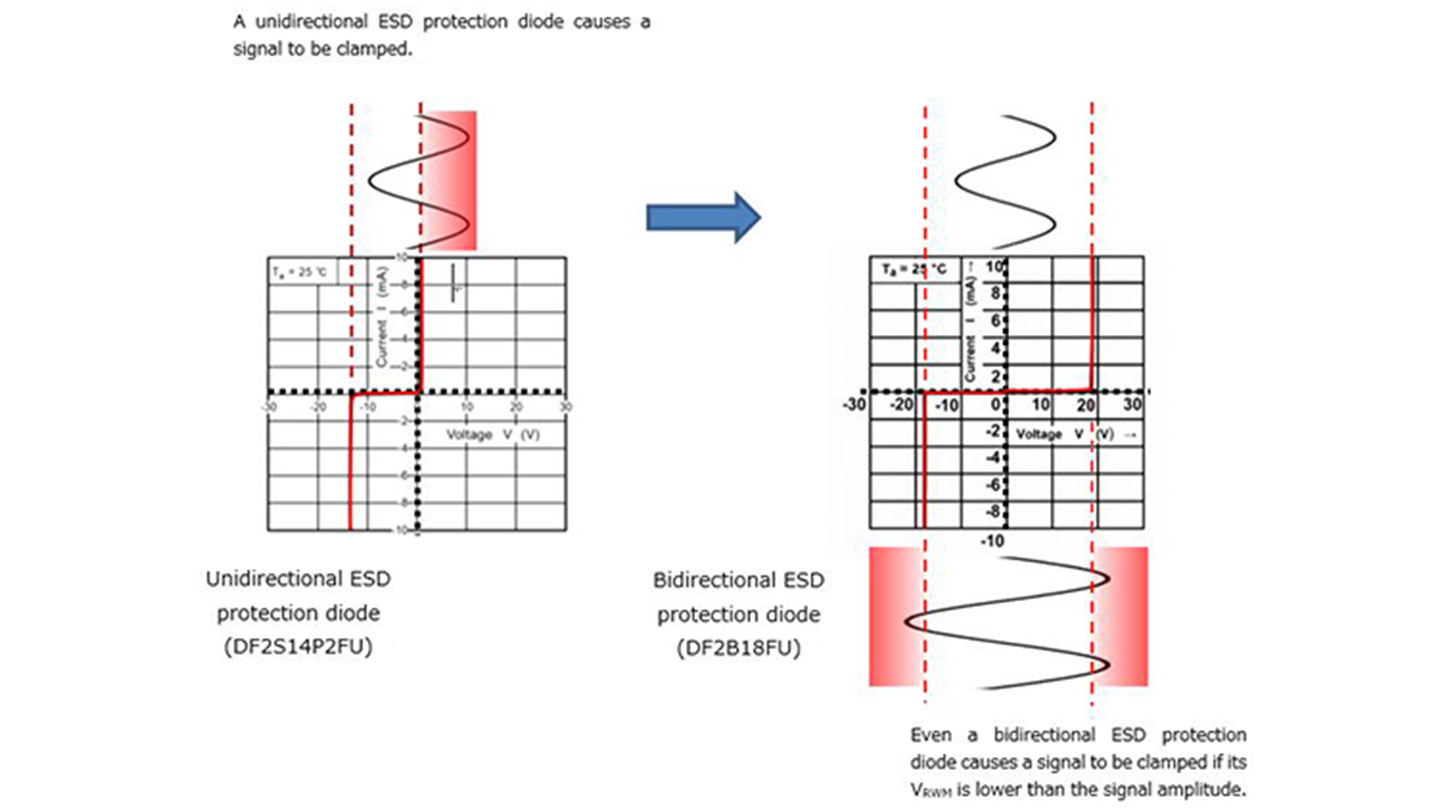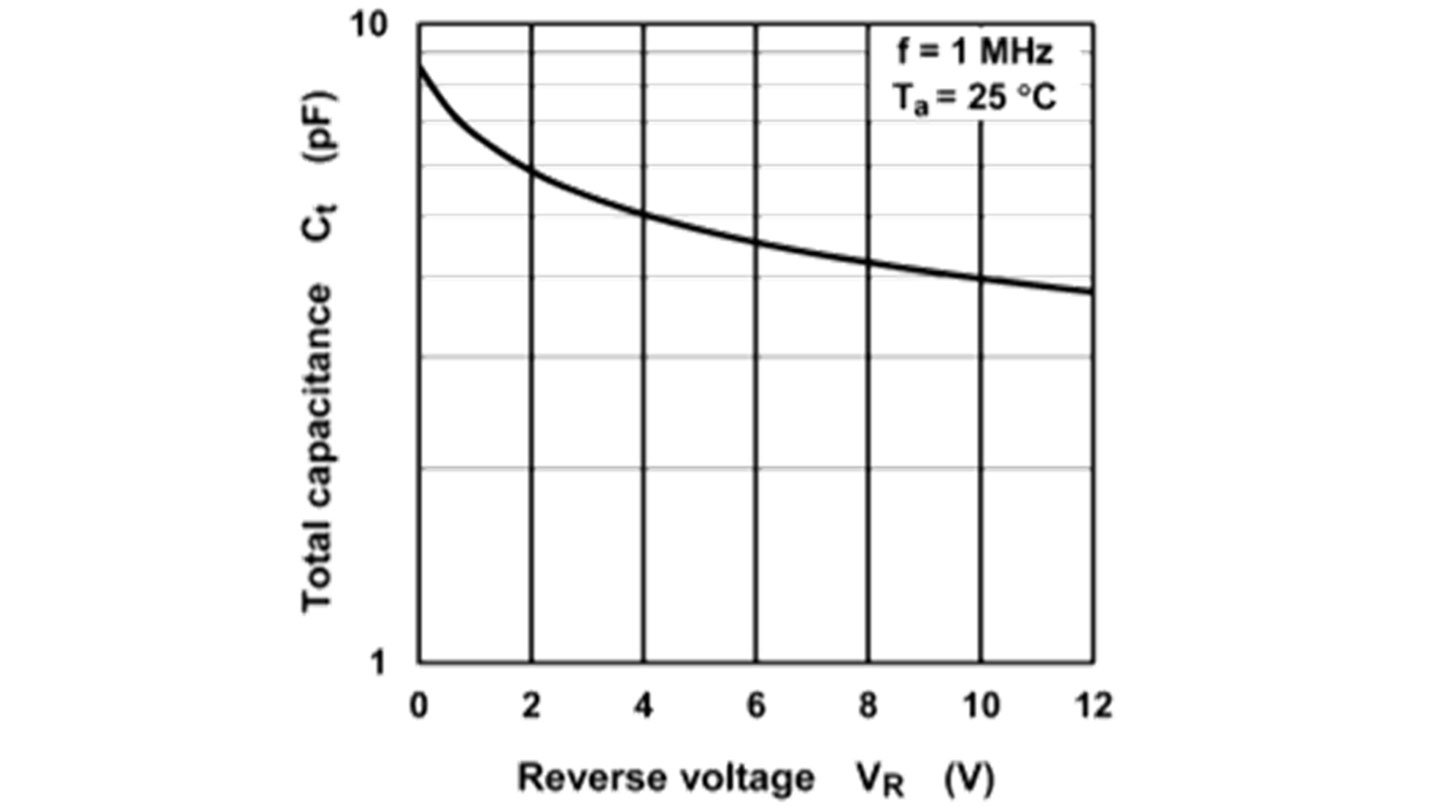- 型号 & 关键词搜索
- 交叉搜索
- 参数搜索
- 库存查询与购买
This webpage doesn't work with Internet Explorer. Please use the latest version of Google Chrome, Microsoft Edge, Mozilla Firefox or Safari.
请输入3个以上字符 Search for multiple part numbers fromhere.
The information presented in this cross reference is based on TOSHIBA's selection criteria and should be treated as a suggestion only. Please carefully review the latest versions of all relevant information on the TOSHIBA products, including without limitation data sheets and validate all operating parameters of the TOSHIBA products to ensure that the suggested TOSHIBA products are truly compatible with your design and application.Please note that this cross reference is based on TOSHIBA's estimate of compatibility with other manufacturers' products, based on other manufacturers' published data, at the time the data was collected.TOSHIBA is not responsible for any incorrect or incomplete information. Information is subject to change at any time without notice.
请输入3个以上字符
未发生ESD事件时,RF信号质量不应下降
对于接收信号,考虑信号电平衰减就足够了。对于传输信号,确保不失真也很重要。同时调制相位和振幅的现代调制方法,如16-QAM和64-QAM*,则需要考虑谐波失真。
信号衰减应考虑寄生电容形成的低通滤波器频带。换言之,应使用低电容ESD保护二极管。理想情况下,最大信号频率约为截止频率的五分之一。
谐波失真**应与振幅呈线性关系。由于RF信号一般在天线末端接地(GND)电平上下摆动,因此应选择电压在接地电平上下对称摆动的双向ESD保护二极管。施加大振幅信号时,确保ESD保护二极管不会击穿也很重要。换言之,ESD保护二极管的反向工作峰值电压(VRWM)应高于最大输入振幅电平。
此外,由于寄生结电容,ESD保护二极管的工作取决于电压。因此,最好选择电容随电压变化不大的低电容二极管。
再次说明,选择符合以下条件的ESD保护二极管:
- 低电容;
- 双向;
- VRWM高于最大信号振幅;
- 电容变化小。


图3 I-V曲线
(单向和双向ESD保护二极管)


图4总电容与反向电压
(标准和低电容ESD保护二极管)

